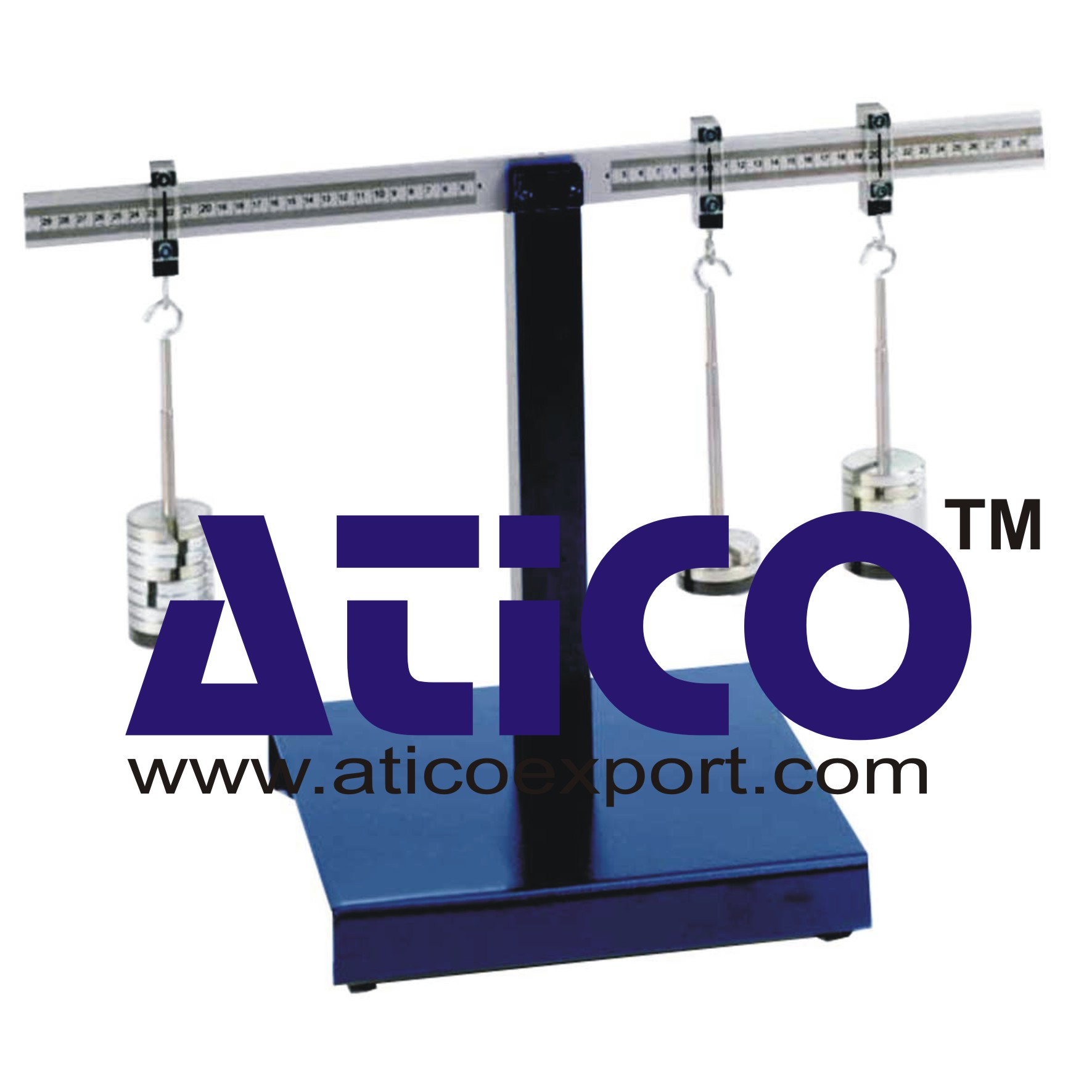Airlift Reactor
Categories: Engineering Lab EquipmentAirlift reactors are submerged reactors in which the energy input is achieved by applying gas. Compressed air is often used as the gas.During operation compressed air enters the airlift reactor at the...
Product
Description
Airlift reactors are submerged reactors in which the energy input is achieved by applying gas. Compressed air is often used as the gas.
During operation compressed air enters the airlift reactor at the bottom through the gas distributor. The added air mixes with the contents of the reactor and rises in the form of air bubbles. The rising air bubbles cause an upward flow. In doing so a portion of the oxygen in the air dissolves in the water. The area with the upward flow is called the riser. The remaining air bubbles leave the water at the top of the reactor. The gas-free liquid is fed back to the bottom section of the reactor in parallel to the riser. The area with the downward flow of an airlift reactor is called the downcomer. During operation the content of the reactor is recirculated through the riser and the downcomer. This recirculation is overlaid by perfusion in continuous operation. An additional tank with feed pump is provided for this purpose. The velocity of the circulation is set by the flow rate of the air.
Learning Objectives/Experiments
Influence of the superficial gas velocity on:
Gas content
Mass transfer coefficient
Mixing time
Superficial fluid velocity
Specification
Determination of important characteristic variables at the airlift reactor
Transparent airlift reactor with external recirculation
Compressed air for generation of air bubbles to recirculate the reactor contents
Adjustment of the superficial gas velocity via a valve and mass flow controller
Nitrogen to remove the oxygen from the reactor content
Determination of the superficial liquid velocity via the conductivity
Determination of the mixing time with indicator and colour change method
Sensors for measuring the conductivity, oxygen content, pressure and flow rate
Software for data acquisition via USB under Windows
Technical data
Airlift reactor
riser: Ø 180mm
downcomer: Ø 60mm
height: 2000mm
Measuring ranges
conductivity: 4x 0…100mS/cm
oxygen concentration: 2x 0…10mg/L
pressure: 0…3bar
flow rate:
0,06…3m3/h (water)
1…10m3/h (gas)
230V, 50Hz, 1 phase
230V, 60Hz, 1 phase; 120V, 60Hz, 1 phase
quick overview :
Airlift reactors are submerged reactors in which the energy input is achieved by applying gas. Compressed air is often used as the gas.
During operation compressed air enters the airlift reactor at the bottom through the gas distributor. The added air mixes with the contents of the reactor and rises in the form of air bubbles. The rising air bubbles cause an upward flow. In doing so a portion of the oxygen in the air dissolves in the water. The area with the upward flow is called the riser. The remaining air bubbles leave the water at the top of the reactor. The gas-free liquid is fed back to the bottom section of the reactor in parallel to the riser. The area with the downward flow of an airlift reactor is called the downcomer. During operation the content of the reactor is recirculated through the riser and the downcomer. This recirculation is overlaid by perfusion in continuous operation. An additional tank with feed pump is provided for this purpose. The velocity of the circulation is set by the flow rate of the air.
Learning Objectives/Experiments
Influence of the superficial gas velocity on:
Gas content
Mass transfer coefficient
Mixing time
Superficial fluid velocity
Specification
Determination of important characteristic variables at the airlift reactor
Transparent airlift reactor with external recirculation
Compressed air for generation of air bubbles to recirculate the reactor contents
Adjustment of the superficial gas velocity via a valve and mass flow controller
Nitrogen to remove the oxygen from the reactor content
Determination of the superficial liquid velocity via the conductivity
Determination of the mixing time with indicator and colour change method
Sensors for measuring the conductivity, oxygen content, pressure and flow rate
Software for data acquisition via USB under Windows
Technical data
Airlift reactor
riser: Ø 180mm
downcomer: Ø 60mm
height: 2000mm
Measuring ranges
conductivity: 4x 0…100mS/cm
oxygen concentration: 2x 0…10mg/L
pressure: 0…3bar
flow rate:
0,06…3m3/h (water)
1…10m3/h (gas)
230V, 50Hz, 1 phase
230V, 60Hz, 1 phase; 120V, 60Hz, 1 phase
Product
Reviews
add Review
reviews
No Review Yet.
Copyrights © 2025 All Rights Reserved by Atico














Product
Reviews
add Review
reviews
No Review Yet.